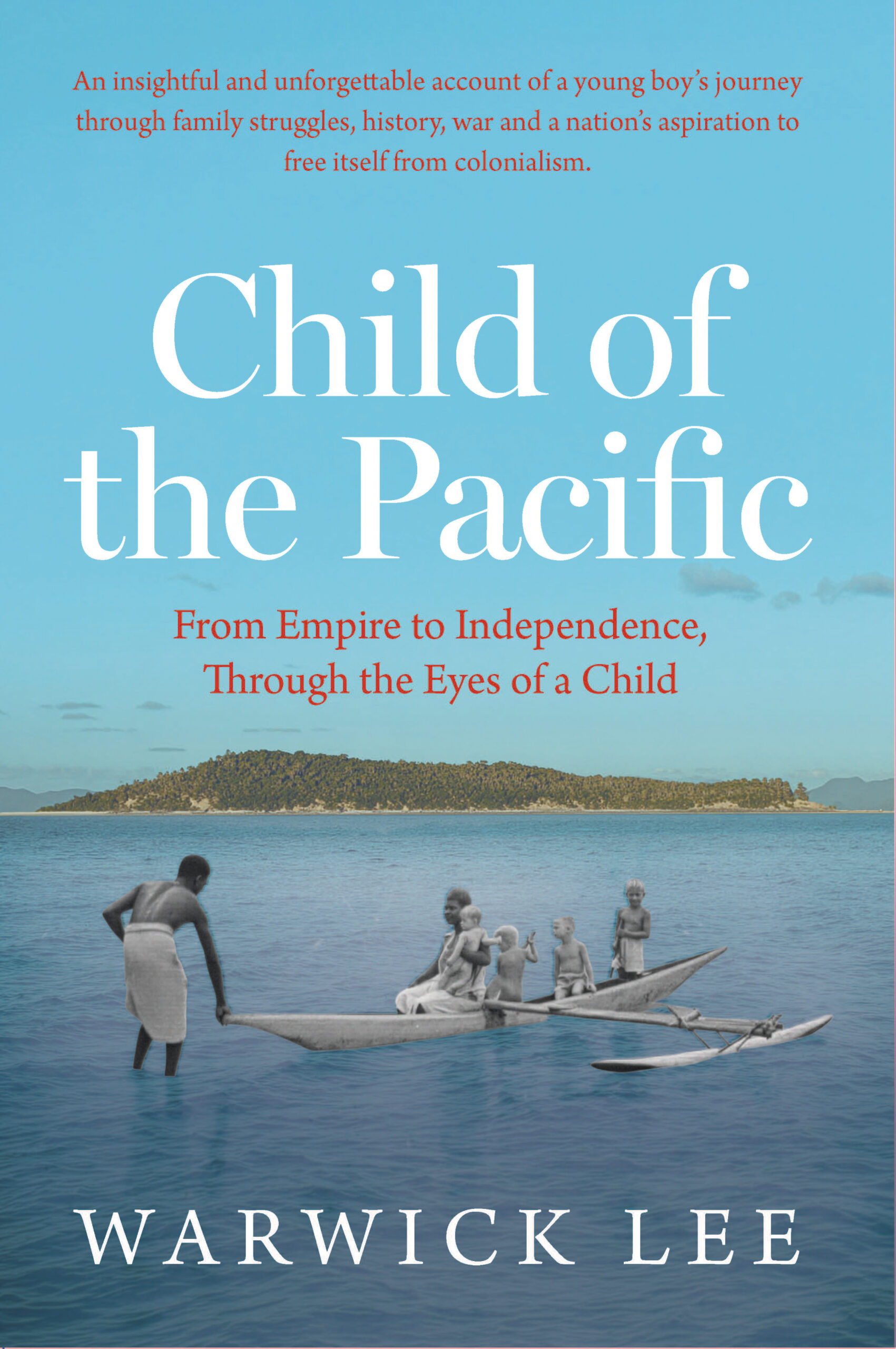LEE, Warwick
ISBN 978-1-923523-62-3
PAPERBACK
Child of the Pacific
From the Empire to Independence, Through the Eyes of a Child
An insightful and unforgettable account of a young boy’s journey through family struggles, history, war and a nation’s aspiration to free itself from colonialism.
Bougainville, Papua New Guinea, was a contested island for nearly a century. Germany, UK, Japan and Australia each had interrupted periods of administration, influence and development of the island and region around it.
In 1975, Warwick witnessed the country’s shift into independence.
As a young boy, he watched the place he’d grown up in change for the better. For the first time, its people felt they could once again be at the forefront in determining their own destiny, and the excitement and optimism at such a prospect was almost tangible.
This one of a kind memoir is told through the memories and records of a boy who lived through one of the most major changes in PNG history, following him from his formative years to the country’s 50 year anniversary of independence.
About the Author
WARWICK LEE was born in Bougainville in 1955 and became an Australian citizen in 1965.
In 1966 Warwick was sent to Melbourne to continue his education. He completed degrees in Economics and Law from Monash University.
Instead of a legal career, he chose a corporate career path and relocated to Sydney, working for several companies including Exxon (Esso), Mitsubishi and National Australia Bank.
He is married with three children, four grandchildren and now lives in Brisbane.
Warwick maintains a keen interest in geopolitical matters and particularly relation to Pacific countries. Whilst he relocated from Bougainville many years ago, his interest in what was his birthplace has never left him.







